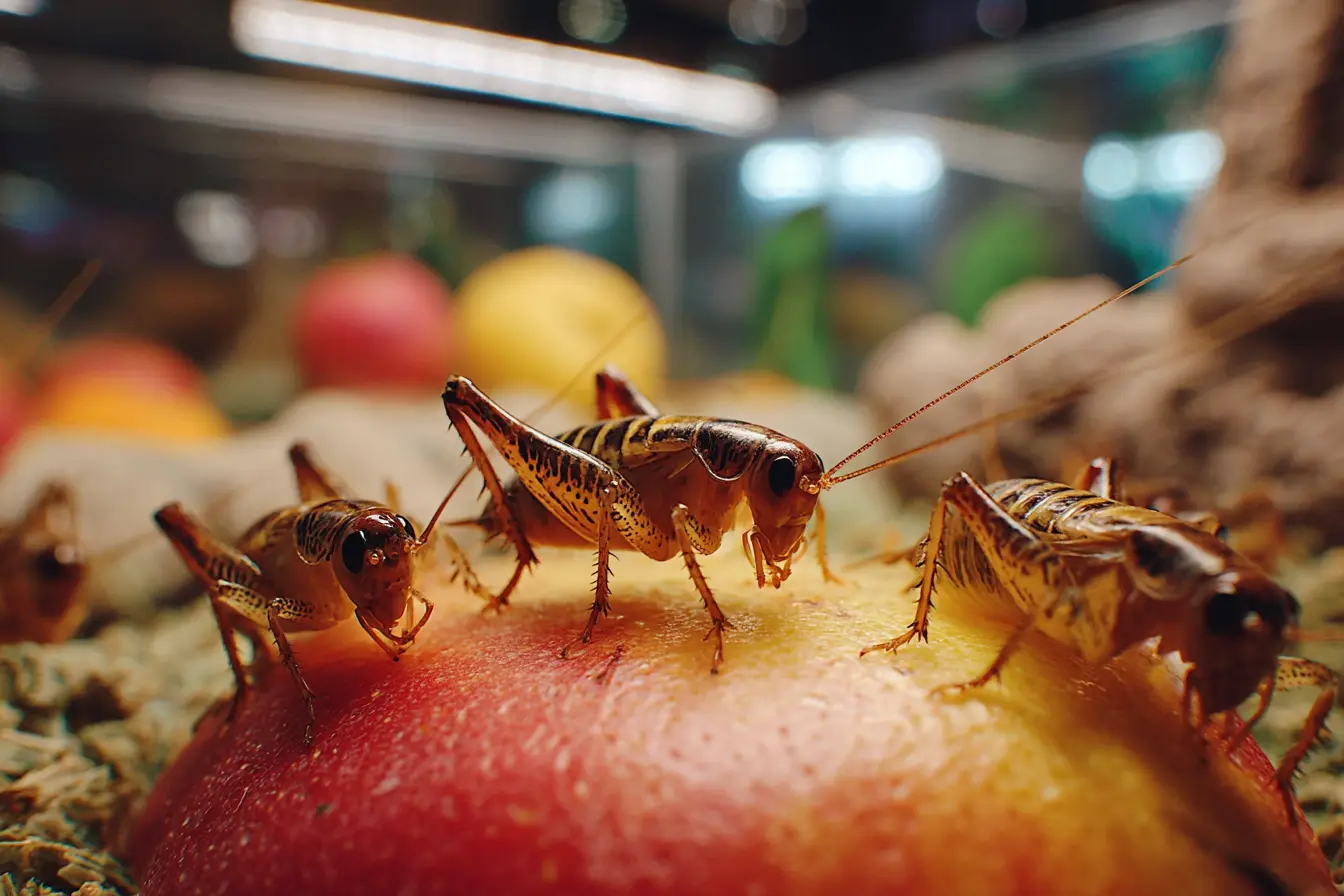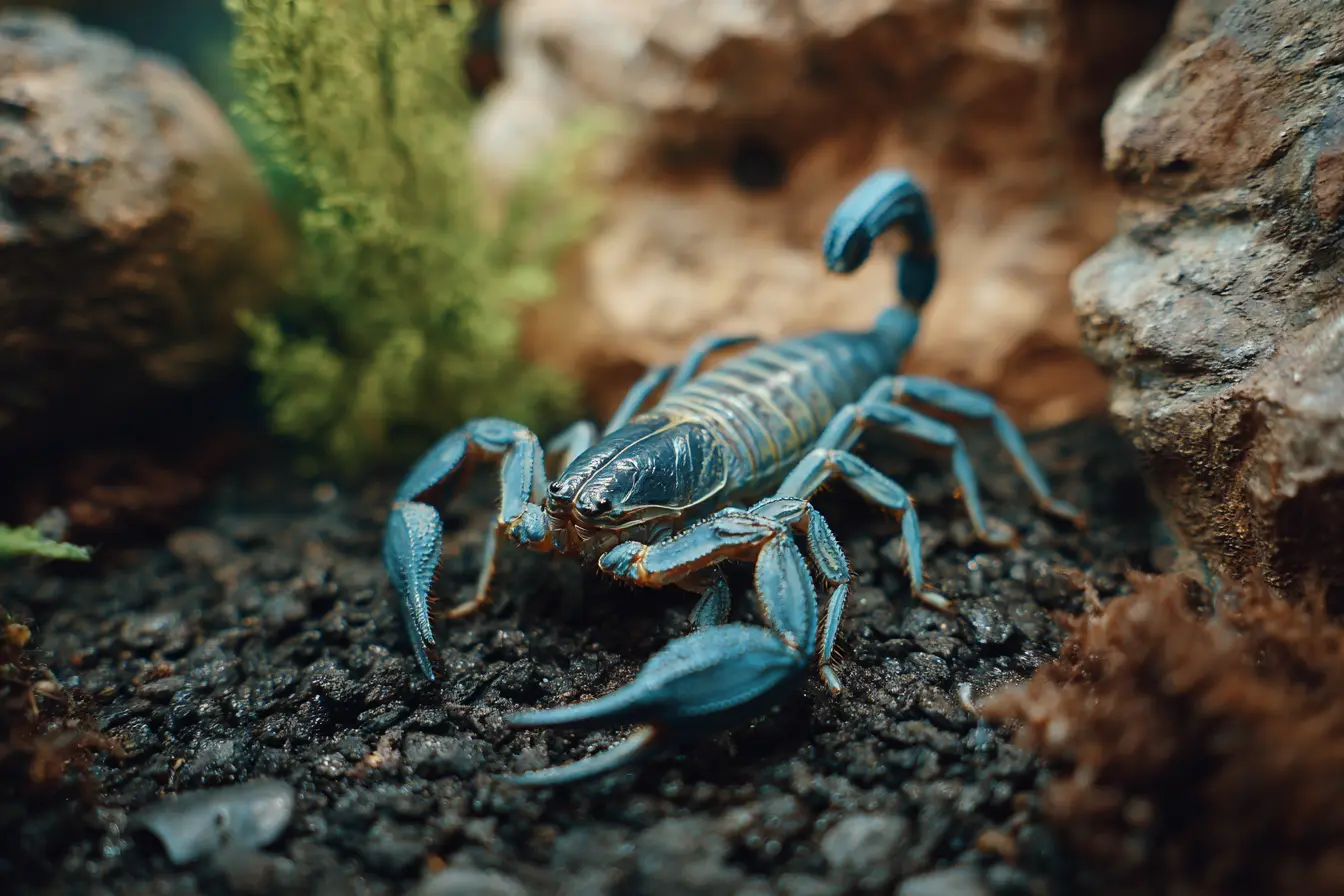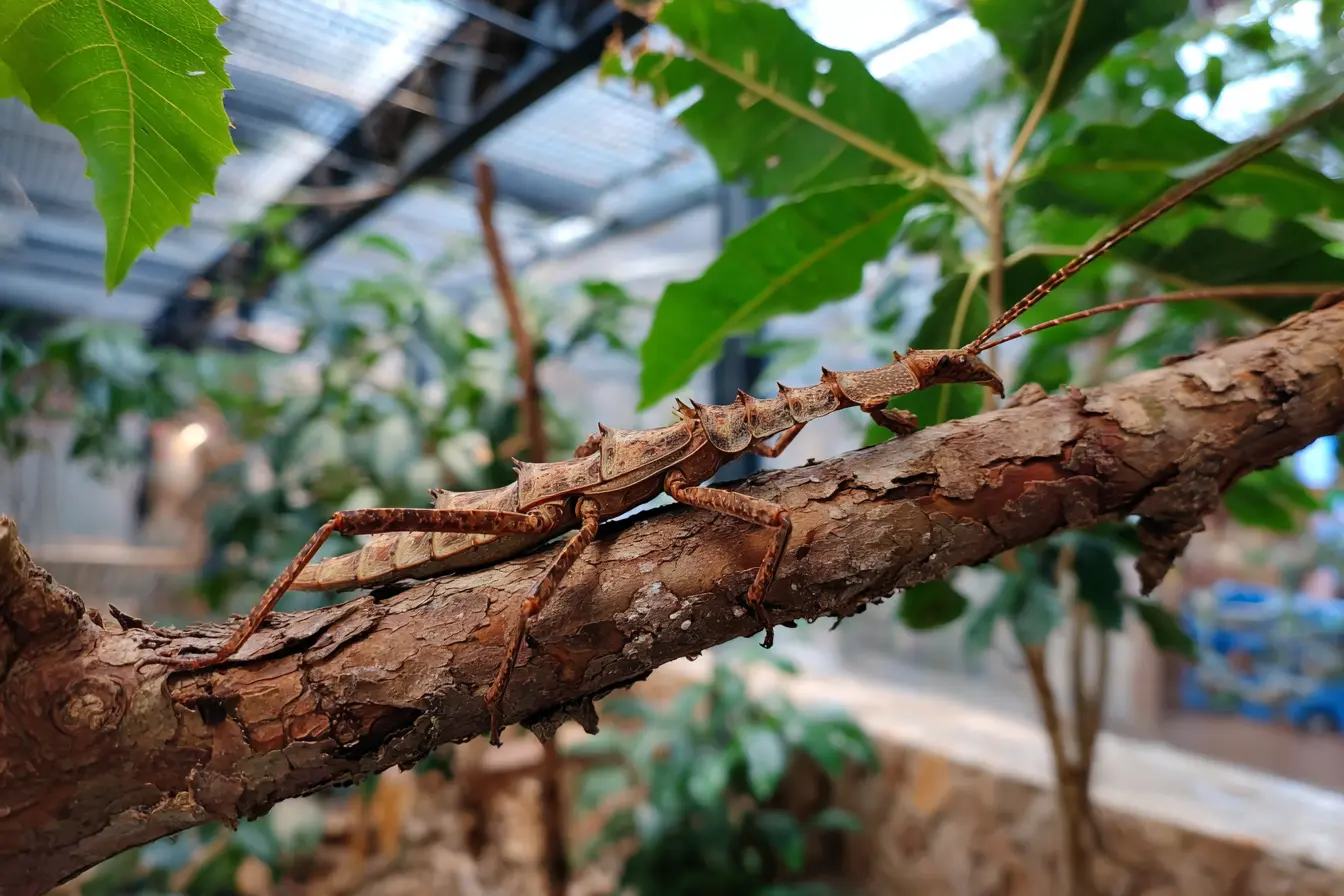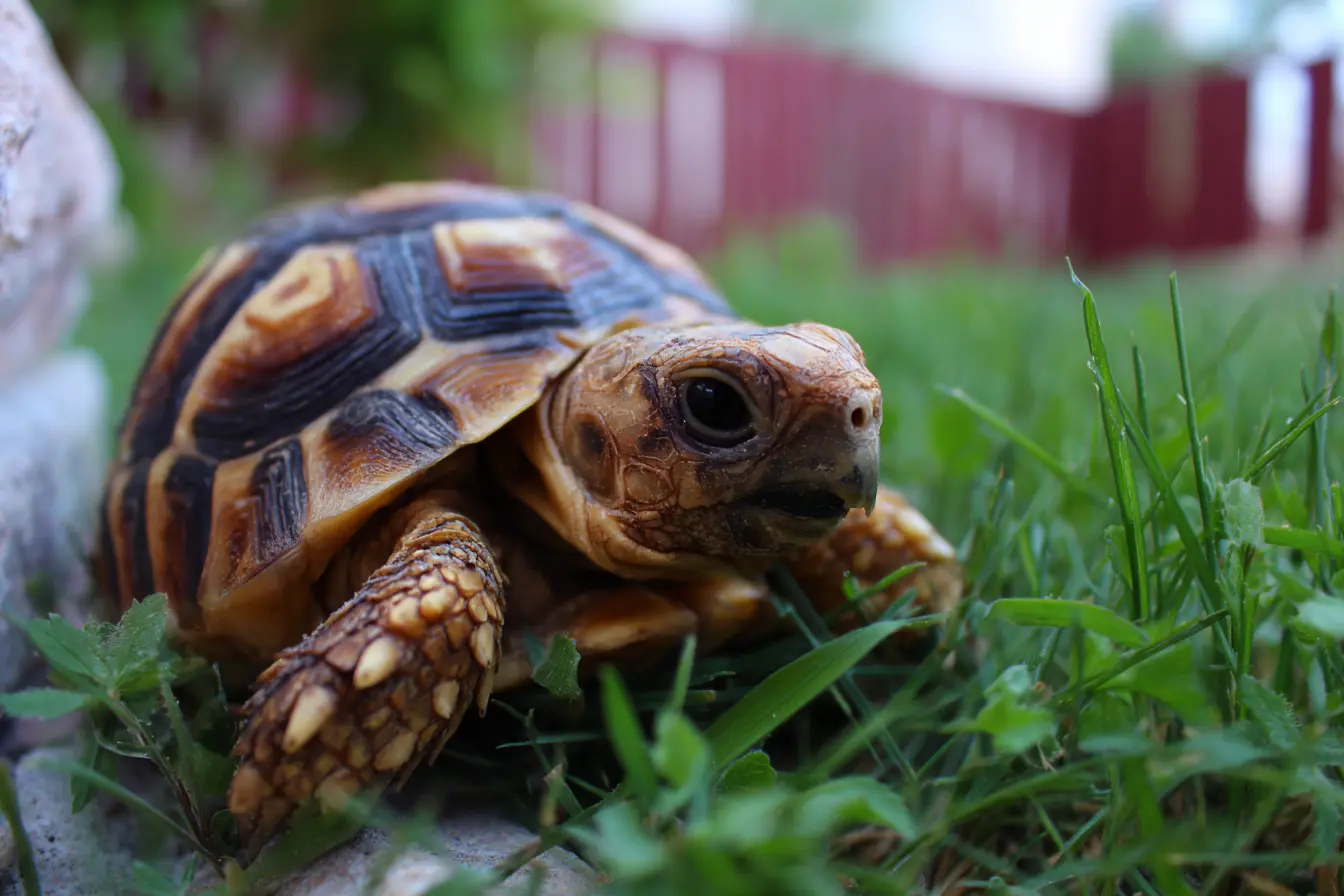
The Essential Guide to Gut-Loading Insects for Your Reptile's Health
For reptile owners, ensuring the health and longevity of their pets is paramount. One of the most effective ways to enhance the nutritional content of a reptile's diet is through gut-loading their feed insects. Gut-loading is the process of feeding insects highly nutritious foods before they are offered to your reptile, ensuring that those nutrients are passed on to your pet. This guide will walk you through everything you need to know about gut-loading to keep your reptile thriving.
Why Gut-Load Insects?
Reptiles, depending on their species, may naturally consume a variety of insects. However, the insects bought from pet stores or raised at home often lack sufficient nutrients needed by your reptile. Gut-loading corrects this deficiency by boosting the insect's nutrient content with vitamins, minerals, and other beneficial compounds shortly before they become a meal for your pet.
Choosing Insects for Gut-Loading
The most commonly gut-loaded insects include crickets, mealworms, superworms, and dubia roaches. These insects are ideal due to their ability to consume a variety of foods and pass those nutrients onto your reptiles.
Foods for Gut-Loading
The key to effective gut-loading is to provide the insects with a variety of healthy, nutrient-dense foods. Here are some excellent choices:
- Fruits and vegetables: Carrots, sweet potatoes, squash, apples, and leafy greens like kale and spinach are great options. These not only provide vitamins but also hydrate the insects.
- Grains: Whole grains like oatmeal or bran can be offered as these are high in fibre.
- Commercial gut-load products: These products are specially formulated to enhance the nutrient profile of insects with a balance of essential vitamins, minerals, and calcium.
Avoid using anything mouldy or foods high in fat and low in nutritional value, such as iceberg lettuce.
How to Gut-Load Insects
1. Prepare the Gut-Load Feed
Mix your chosen foods into a blend. Fresh foods should be chopped finely or pureed to make them easy for the insects to eat. You can create a dry mix of grains or use commercial gut-load powders mixed with a little water to form a paste.
2. Feed the Insects
Place the food into the insect enclosure 24-48 hours before they are to be fed to your reptile. Ensure that there is enough food to last the insects throughout this period but avoid overfeeding which can lead to spoilage and unhealthy insects.
3. Provide Hydration
Insects also need water. Provide hydration through water crystals, or fresh vegetables like carrots and sweet potatoes that are high in moisture.
4. Keep the Environment Clean
Maintain cleanliness in the insect enclosure to prevent the growth of mould and bacteria. Remove any uneaten food after 48 hours to keep the environment healthy and safe.
Timing Your Feeding
For optimal nutrient absorption, feed your gut-loaded insects to your reptile within 48 hours after gut-loading. This ensures that the nutrients are still abundant in the insects' systems.
Conclusion
Gut-loading is a simple yet crucial part of maintaining your reptile's health through diet. By feeding your insects a nutrient-rich diet, you ensure that these benefits are passed on to your pet. This practice not only helps in keeping your reptile healthier but can also enhance their colours and overall vitality.
Remember, the key to successful gut-loading lies in the variety and quality of the foods offered to the insects. With the right approach, your reptiles will enjoy the full benefits of a nutritious, balanced diet.
Vets near you
Speciality vets
- Aquatics vet specialists
- Birds vet specialists
- Camelids vet specialists
- Cats vet specialists
- Cattle vet specialists
- Deer vet specialists
- Dogs vet specialists
- Equines vet specialists
- Exotic vet specialists
- Goats vet specialists
- Pigs vet specialists
- Poultry vet specialists
- Sheep vet specialists
- Small Mammals vet specialists
- Wild vet specialists



